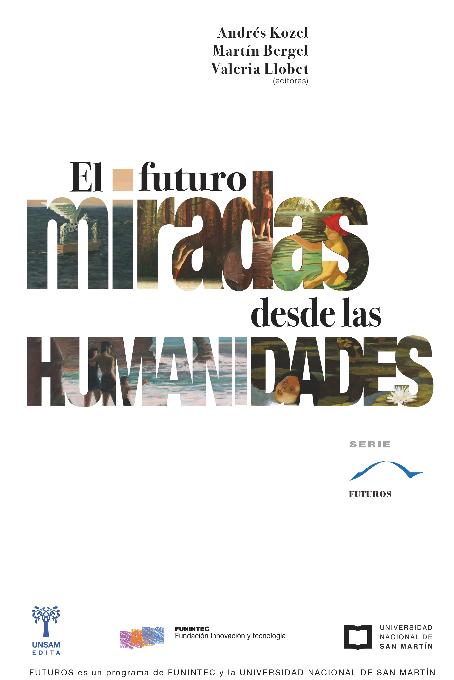Mostrar el registro sencillo del ítem
dc.contributor.author
Martinez, Carolina

dc.contributor.other
Kozel, Gabriel Andrés

dc.contributor.other
Bergel, Martin

dc.contributor.other
Llobet, Valeria Silvana

dc.date.available
2020-12-09T14:00:59Z
dc.date.issued
2019
dc.identifier.citation
Martinez, Carolina; El año 2440 o las modulaciones espacio-temporales de la utopía; Universidad Nacional de San Martín; 2019; 78-89
dc.identifier.isbn
978-987-8326-33-7
dc.identifier.uri
http://hdl.handle.net/11336/119946
dc.description.abstract
A partir de la publicación de L’an 2440. Rêve s’il ne fut jamais [El año 2440. Un sueño como no ha habido otro] de Louis-Sébastien Mercier, en 1771, el género utópico atravesó cambios profundos. Por tratarse del primer relato utópico en ubicar su sociedad ideal en un tiempo futuro y no en un “lugar-otro”, la obra constituyó un punto de inflexión en el desarrollo del modelo inaugurado por Tomás Moro en 1516. La primacía de la dimensión temporal por sobre la espacial fue el resultado de dos procesos concomitantes: la clausura de la expansión ultramarina y el advenimiento de una nueva forma de comprender la historia. Estas y otras variables explicativas son examinadas en el presente capítulo.
dc.description.abstract
As of the publication of L’an 2440. Rêve s’il ne fut jamais [The year 2440. A dream like no other] by Louis-Sébastien Mercier, in 1771, the utopian genre underwent profound changes. Because it is the first utopian account to place its ideal society in a future time and not in a “place-another”, the work was a turning point in the development of the model inaugurated by Thomas More in 1516. The primacy of the temporal dimension over the spatial one was the result of two concomitant processes: the closure of the overseas expansion process and the advent of a new way of understanding history. These and other explanatory variables are examined in this chapter.
dc.format
application/pdf
dc.language.iso
spa
dc.publisher
Universidad Nacional de San Martín

dc.rights
info:eu-repo/semantics/openAccess
dc.rights.uri
https://creativecommons.org/licenses/by-nc-sa/2.5/ar/
dc.subject
UTOPIA
dc.subject
FUTURO
dc.subject
PROGRESO
dc.subject
LOUIS SEBASTIEN MERCIER
dc.subject.classification
Historia

dc.subject.classification
Historia y Arqueología

dc.subject.classification
HUMANIDADES

dc.title
El año 2440 o las modulaciones espacio-temporales de la utopía
dc.type
info:eu-repo/semantics/publishedVersion
dc.type
info:eu-repo/semantics/bookPart
dc.type
info:ar-repo/semantics/parte de libro
dc.date.updated
2020-11-18T20:27:34Z
dc.journal.pagination
78-89
dc.journal.pais
Argentina

dc.journal.ciudad
Buenos Aires
dc.description.fil
Fil: Martinez, Carolina. Universidad Nacional de San Martín. Escuela de Humanidades; Argentina. Consejo Nacional de Investigaciones Científicas y Técnicas; Argentina
dc.relation.alternativeid
info:eu-repo/semantics/altIdentifier/url/www.funintec.org.ar/serie-futuros
dc.conicet.paginas
368
dc.source.titulo
El futuro: Miradas desde las Humanidades
Archivos asociados
